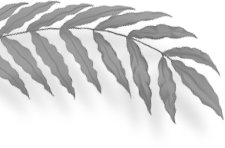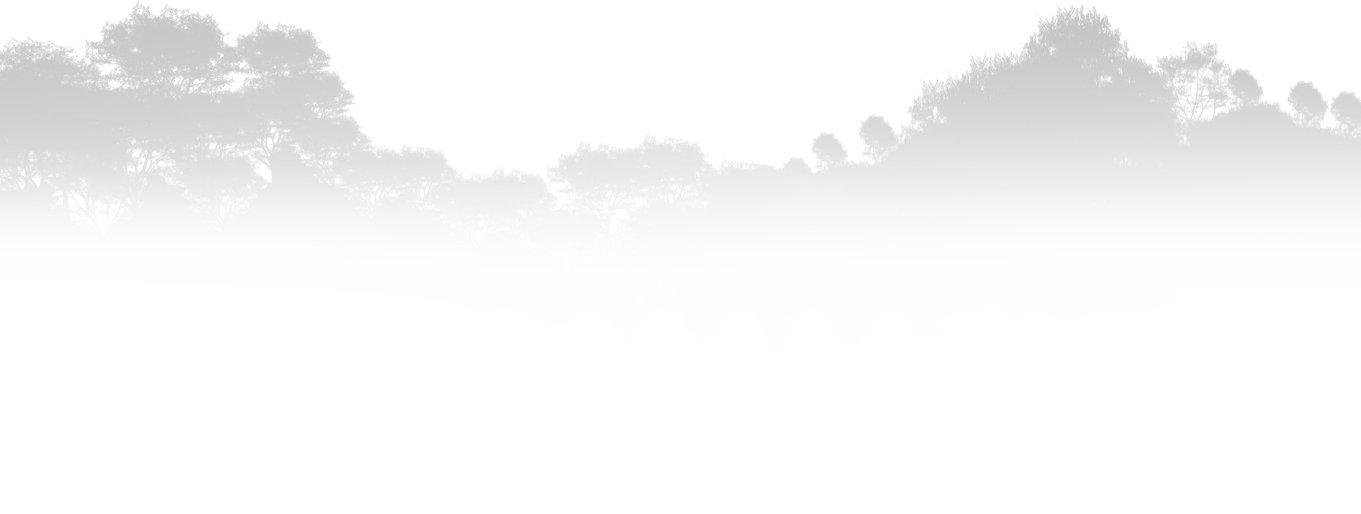



Rangkong Indonesia (Indonesia Hornbill Conservation Society) is a research unit of Rekam Nusantara Foundation. We were established based on the concern that all 13 species of Indonesian hornbills must remain in the forest, and that 98 million hectares tropical rain forest that remain must be protected.
Our belief focuses on the conservation of these magnificent birds, their habitats, and those who have benefited from their presence.
Forest loss and rampant poaching has led to declining hornbill populations. Their striking and colorful casques are targeted by poachers.
Meanwhile in 2003, six thousand adult helmeted hornbills were poached for their casques in West Kalimantan. In 2015, around 2,343 helmeted hornbill beaks were seized from illegal markets in Indonesia, China and the U.S., and following investigations it was learned that all the beaks originated from Indonesia.
The public’s understanding and awareness of hornbills are still low, when in fact hornbills are the true farmers of the forest. Hornbills directly ensure the balance of forest ecosystems. And for that reason, Rangkong Indonesia is initiating education and awareness-raising activities through local, national and international campaigns.
We are taking action through protection by engaging indigenous communities, participating in drafting the Helmeted Hornbill Conservation Strategy and Action Plan with strategic stakeholders and to pushing for Regulation of Minister of Environment and Forestry No. P.20/Menlhk/Setjen/Kum.1/6/2018.
All hornbills in Indonesia are protected under Law No. 5 or 1990, Government Regulation No. 7 of 1999 and Regulation of Minister of Environment and Forestry No. P.20/Menlhk/Setjen/Kum.1/6/2018.
Although they are protected by law, hornbill poaching - especially of the critically endangered helmeted hornbill - continues. In addition, forests that function as hornbill habitats are being destroyed, further reducing hornbill populations in the wild.
The Great Dictionary of Bahasa Indonesia defines enggang as a large bird with a distinctive, horn-like structure on top of its beak. In Bahasa Indonesia, hornbills are called enggang, rangkong, julang and kangkareng. Each have their own unique morphology and are recognizable from their beaks.
| Indonesian name | Enggang | Rangkong | Julang | Kangkareng |
| Genus | Buceros, Berenicornis, Anorrhinus | Rhinoplax | Aceros, Rhyticeros | Penelopides, Anthracoceros |
| Species Names (English and Indonesian Names) |
White-crowned hornbill/Enggang Jambul Great hornbill/Enggang Papan Rhinoceros hornbill/Enggang Cula Bushy-crested hornbill/Enggang Klihingan |
Helmeted hornbill/ Rangkong Gading |
Wrinkled hornbill/Julang Jambul Hitam Knobbed hornbill/Julang Sulawesi Sumba hornbill/Julang Sumba Wreathed hornbill/Julang Emas Papuan hornbill/Julang Irian |
Black hornbill/ Kangkareng Hitam Oriental pied hornbill/ Kangkareng Perut Putih Sulawesi hornbill/ Kangkareng Sulawesi |
| Beak Shape |
Cylindrical and elongated |
Elongated |
Vertical lines on base of upper and/or lower beak |
Smaller in size |
| Beak Color |
Generally bright to dark, such as yellow, red and black |
Yellow tip and red towards the base underneath casque |
Males are generally bright and striking The knobbed hornbill and wrinkled hornbill are yellow, while Sumba hornbill, wreathed hornbill, and Papuan hornbill are pale white |
Most are black, though some are white. Male black hornbill are white while females are white. |
| Casque Shape |
Rhinoceros hornbills have upward turned cylindrical casques. Great hornbills’ casques are flattened and curve upward, with branched end. |
Large beak shaped like a solid, red protuberance | Relatively low and wrinkled | Casque prominent and extends nearly half the bill’s length |
| Casque Color |
Great hornbill: yellow Rhinoceros hornbill: orange, brick red White-crowned hornbill and bushy-crested hornbill: black |
Yellow-dark red | Pale white | Casques are generally pale white and black |
| Body and Wing Feather Color |
Black White-crowned hornbill has white chest and abdomen Bushy-crested hornbill is dark brown |
Whitish yellow body, wings mostly black with white on tips of wing feathers | Black | Black body; Oriental pied hornbill’s belly and tips of flight feathers white |
| Head and Neck Color |
White-crowned hornbill white |
Male red, female white | Male’ head and neck white or brick red | Black |
| Tail Feather Color |
White with black band across the middle. White-crowned hornbill has white tail. Bushy-crested hornbill tail is grayish brown with wide black band on the tip. |
Tail is predominantly white, with black band near the tip. |
White. Sumba hornbill has black tail. |
Black hornbill has black tail. Oriental pied hornbill has white crissum and white outer tail feather. |
| Body Size |
Large |
Large | Medium-large | Small |
| Distinct Features |
Stunning casque shape White-crowned hornbill has white crown feathers |
Two central tail feathers elongated | Gular pouch brightly colored | Small body |
The natural forest is the only habitat for hornbills. With all its uniqueness, tropical forests provide abundant and year-long food supply. Hornbills also need tree cavities to nest. On the other hand, hornbills are agents for forest regeneration that contributes to protecting the ecosystem by dispersing seeds.
Indonesia is one of the countries with the highest number of hornbill species in Asia. Hornbills are distributed throughout Sumatra, Java, Kalimantan, Sulawesi, Lesser Sunda Islands and Papua. With their wide-ranging distribution, hornbills are a potential for tourism that the community can take advantage of without poaching. One example is helmeted hornbill watching in the wild.
To gain a better understanding, the following table provides a summary of the 13 hornbill species found in Indonesia.
Hornbills of Indonesia
| No. | Scientific Name | Indonesian Name | English Name | Distribution | Range | IU | CI |
| 1 | Berenicornis comatus (Raffles, 1822) | Enggang Jambul | White-crowned Hornbill | S K | < | NT | II |
| 2 | Anorrhinus galeritus (Temminck, 1831) | Enggang Klihingan | Bushy-crested Hornbill | S K | < | LC | II |
| 3 | Penelopides exarhatus (Temminck, 1823) | Kangkareng Sulawesi | Sulawesi Hornbill | C | E | VU | II |
| 4 | Aceros corrugatus (Temminck, 1832) | Julang Jambul-hitam | Wrinkled Hornbill | S K | < | NT | II |
| 5 | Aceros cassidix (Temminck, 1823) | Julang Sulawesi | Knobbed Hornbill | C | E | VU | II |
| 6 | Rhyticeros undulatus (Shaw, 1811) | Julang Emas | Wreathed Hornbill | S K J | < | LC | II |
| 7 | Rhyticeros plicatus (J. R. Forster, 1781) | Julang Irian | Blyth’s Hornbill | M P | > | LC | II |
| 8 | Rhyticeros everetti (Rothschild, 1897) | Julang Sumba | Sumba Hornbill | T | E | VU | II |
| 9 | Anthracoceros malayanus (Raffles, 1822) | Kangkareng Hitam | Black Hornbill | S K | < | NT | II |
| 10 | Anthracoceros albirostris (Shaw, 1807) | Kangkareng Perut-putih | Oriental Pied Hornbill | S K J | < | LC | II |
| 11 | Buceros rhinoceros (Linnaeus, 1758) | Enggang Cula | Rhinoceros Hornbill | S K J | < | NT | II |
| 12 | Buceros bicornis (Linnaeus, 1758) | Enggang Papan | Great Hornbill | S | < | NT | I |
| 13 | Rhinoplax vigil (J. R. Forster, 1781) | Rangkong Gading | Helmeted Hornbill | S K | < | CR | I |
Remarks: S= Sumatra, K= Kalimantan, J= Java, M= Maluku, P= Papua, C= Celebes, T= Nusa Tenggara. Range: “<”= the species is recorded in the Philippines or Southeast Asia, “>”= the species is recorded in the Bismarck Islands, Solomon Islands and Australia, and “E”= endemic.
IU= IUCN (International Union for Conservation of Nature), CI= CITES (the Convention on International Trade in Endangered Species of Wild Fauna and Flora).
To donate, follow these steps:
As part of our commitment and obligation, every donation received will be recorded and included in our annual report that is accessible to the public.
Of course! You can donate routinely by agreeing to the option on the “Donate” page.
Your donation is important to our program. Regular donations can help Rangkong Indonesia to empower local communities adopt long-lasting changes in their behavior to end poaching threats to hornbills, especially helmeted hornbills, so that these magnificent birds can fly free in the wild.
Rangkong Indonesia works to disseminate knowledge and increase community awareness through campaigns and approaches to students and the general public. We also engage local communities to manage their areas and carry out surveys, patrol and intensive monitoring of hornbills in their habitats. Your contribution is valuable for our efforts to raise community awareness and instill a sense of ownership for conservation of the hornbills.
In addition to donating, you can support our hornbill conservation work by purchasing Rangkong Indonesia’s products. Each purchase helps ensure that the hornbill’s unique calls will still be heard in the wild.
Don’t forget to inspire your loved ones by sharing your support for Rangkong Indonesia on social media. By sharing these stories, you are participating in increasing awareness for the future of the hornbills.
There are other ways for you to support us. For more information on other types of donations, contact us at info@rangkong.org


